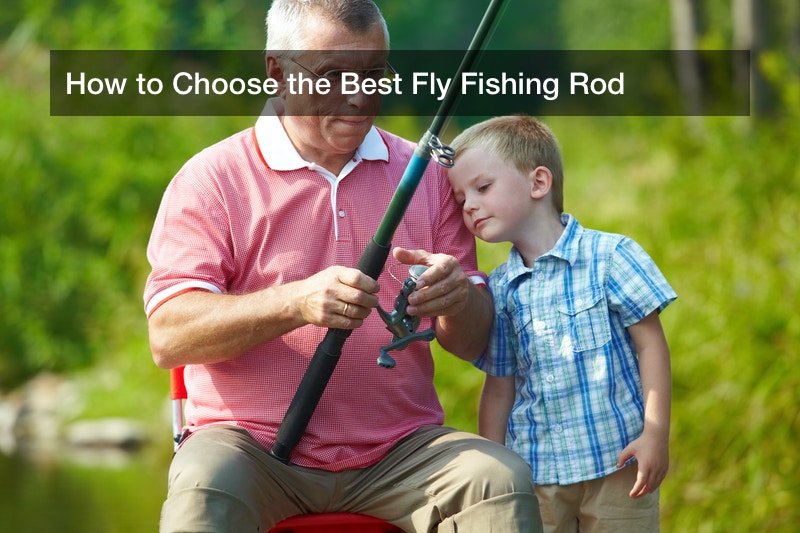
Fishing is one of the oldest and most popular sports in the entire world. In centuries and millennia gone by, fishing was only done for food, rather than fun, but today, commercial fishing boats handle the mass capture of fish and other marine life. So, fishing with rods and reels is a sport now, and many Americans take part in fishing activities of all kinds. In 2017, for example, around 51.59 million people went fishing, and in that same year, around 11.6 million youth participants aged six to 17 took part in fishing. In particular, there is fly fishing, a time-honored variant of “regular” fishing that many Americans enjoy. Going fly fishing means getting the right gear, from fly rod reels to fly fishing outfits and fly fishing gear bags. All of this can make for a fine fishing trip.
Preparing to Go Fishing
Someone who has never gone fishing before, but wants to start, is encouraged to visit local outdoor supply retailers to find fly rod reels, the actual fly rods, lures, and more. Store employees can be consulted to help, and these helpful associates can recite a list of items the buyer will need to have. They can also help a buyer find fly rod reels and other goods withing a certain price range, and that includes the outfit and other accessories, too. Fly fishing requires specialized fly rod reels and lures, yes, but don’t forget the outfit or carrying bags, either. A fly fisher will fish while standing directly in the water, rather than on a pier or boat, so they wear tall, warm, waterproof boots to avoid getting soaked in a chilly stream or creek. Such boots may be tall enough so that they form a pair of overalls, in fact.
A fly fisher can also wear a vest during their trip, and this vest has all kinds of pockets for storing spare bait or line, sunglasses, and much more (since there won’t be solid surfaces within reach where anything can be placed). A fly fisher is also advised to wear a wide-brimmed hat to keep the sun out of their eyes and off their skin for extended periods, and they can also wear sunglasses to protect themselves from sunlight glaring off the water’s surface. What about bait? Live bait such as crickets can be used, but fly fishers often use tiny, artificial lures that have little feathers to help them imitate insects. All of these goods can be transported in a fly fishing bag, which may come with compartments, zippers, carrying straps, and more.
Going Fishing
Someone who is learning fly fishing ought to go on a trip with a more experienced angler, and learn the correct techniques and strategies for fly fishing. This ranges from finding good fishing spots to casting the lures correctly. In regular fishing, the heavy lure can draw out the line and deposit itself at a desired location, but fly fishing lures are too light for this method. Instead, the fly fisher will move their rod so that they cast the line directly, and with some practice, a novice fly fisher can learn to use this method and deposit their lure wherever they want it to go. The idea is that the light lure will land gently on the water, and this does not create a disruptive splash that will scare off nearby fish. Once a fish bites, the angler can draw it in using conventional fishing strategies.
A fly fisher may choose to either keep the fish that they catch, or they can practice catch and release. That is, the angler will catch a fish, examine it if desired, then remove the hook and lure from its mouth and return it to the water. If the angler is indeed keeping fish, they should bring along a live capture bucket filled with water, and of course, they must follow local wildlife conservation rules (which should be visible on nearby signs). Such regulations describe the minimum length of any fish captured (by species), and a too-small fish must be returned. This is to help protect local breeding populations, so future anglers can enjoy that fishing spot, too. There may also be a limit on the number of fish caught per species.


